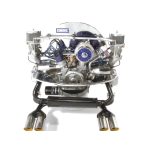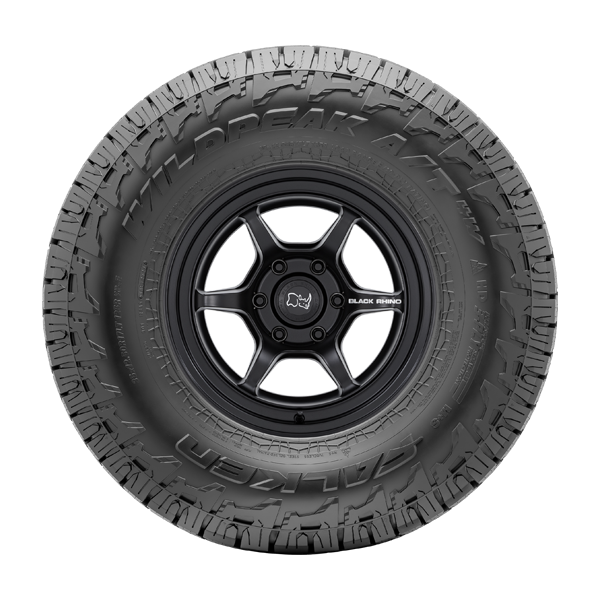Since its introduction in the 1960s, the Ford Escort has earned a legendary status in the rallying world. From the Mark I to the models of the modern era, the Ford Escort series has undergone numerous transformations, each version leaving a distinctive mark on the annals of rally car history. In this comprehensive dive into the lineage of Ford Escort rally cars, we examine the evolution and significance of this vehicle from its origins to the latest incarnations.
The Ford Escort Mark I
Setting the Stage: The Arrival of the Ford Escort
The Ford Escort Mark I debuted in 1968 and rapidly became a favorite on the rally circuit due to its rear-wheel-drive layout and robust construction. Even in its early days, the Mark I was known for its agility and performance in various terrains, giving it a competitive edge and leading to several early successes in rallying competition.
Triumphs in Rallying
The Escort Mark I quickly racked up victories, most notably claiming the first-ever Ford World Rally Championship (WRC) win in 1970 at the Rally of Great Britain. With further developments, such as the RS1600 model featuring the revolutionary Cosworth BDA engine, the Escort Mark I thrived, cementing its status as a potent competition machine.

The Ford Escort Mark II
Enhancements in Performance and Design
Building on the foundations laid by its predecessor, the Ford Escort Mark II, released in 1975, continued the legacy of its rallying prowess. It received significant updates in both aesthetics and mechanics, including a more streamlined body shape and a powerful range of engines that would carry it to numerous rally victories.
Rally Domination in the Late ’70s
The Escort Mark II emerged as one of the most dominant rally cars of the late 1970s, clinching the 1979 WRC Drivers’ title with Björn Waldegård at the wheel. The car’s rear-wheel-drive configuration delivered remarkable handling, while the flexibility to accommodate different engines made it a versatile competitor.
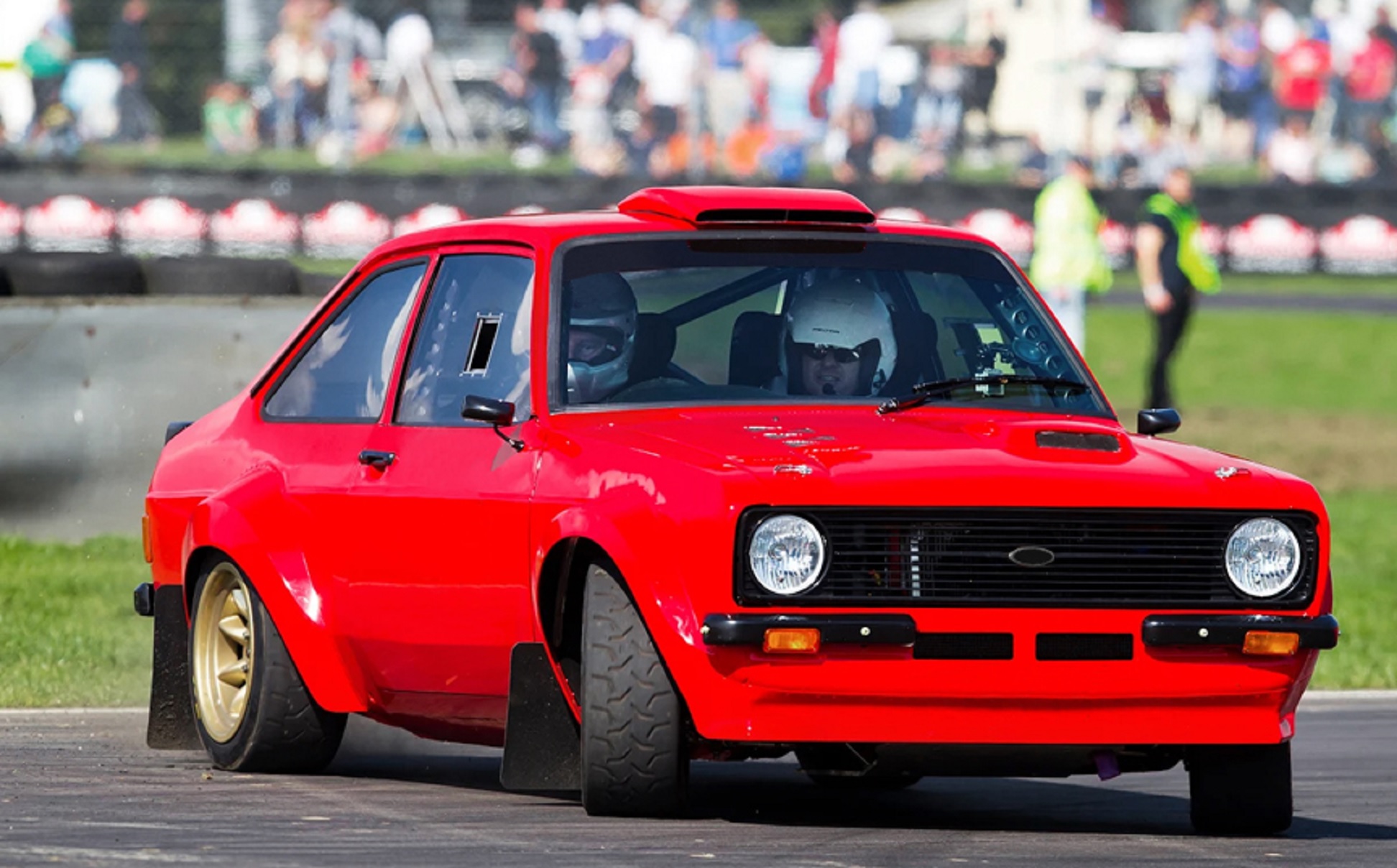
The Transition Away from Rear-Wheel Drive
Shift to Front-Wheel Drive Formats
As the 1980s dawned, the rallying landscape began shifting towards front-wheel and four-wheel-drive vehicles. This change caused the Escort’s rally variants to lose some ground against the new wave of competitors using these advanced drivetrains. Regardless of the transition away from rear-wheel drive, the Escort’s formidable legacy carried on, influencing future models.
The Birth of the Ford Escort RS Turbo
In response to the industry shift, Ford introduced the Escort RS Turbo, which differed significantly from its previous models. Though it did not achieve the same rally success as its rear-wheel-driven ancestors, its turbocharged engine and front-wheel-drive setup highlighted Ford’s willingness to innovate and compete in an evolving market.
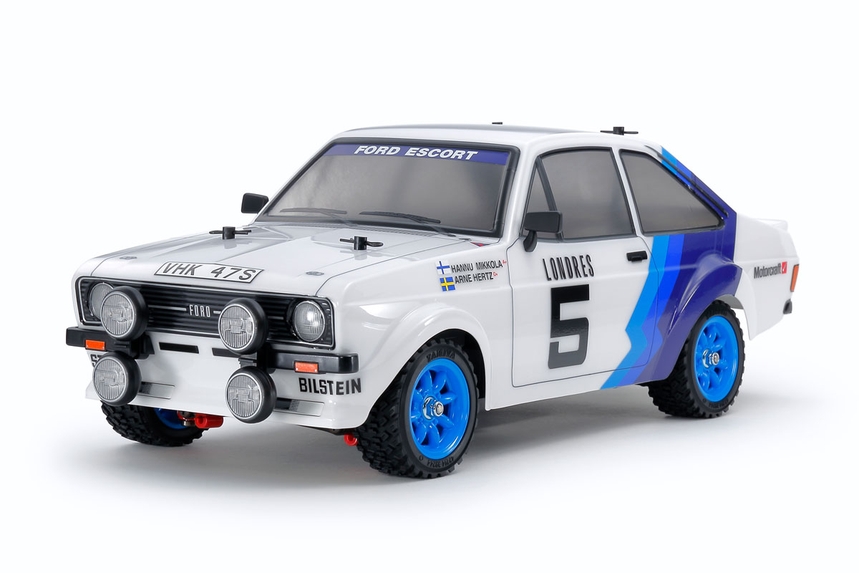
The Ford Escort RS Cosworth
Incorporating Four-Wheel Drive
In 1992, with the rallying scene thoroughly dominated by four-wheel-drive vehicles, Ford launched the Escort RS Cosworth. True to its heritage yet adapted to the times, the RS Cosworth was built on the chassis of its contemporary Sierra 4×4 counterpart, offering competitiveness in the WRC.
A Lasting Legacy in Rallying
The Escort RS Cosworth managed to capture several WRC victories and made a lasting impression with its distinctive aerodynamics, which featured a large “whale-tail” spoiler. Although it couldn’t replicate the sheer dominance of the early Escorts, the RS Cosworth remains an icon that bridged the history of the lineage with modern advancements.
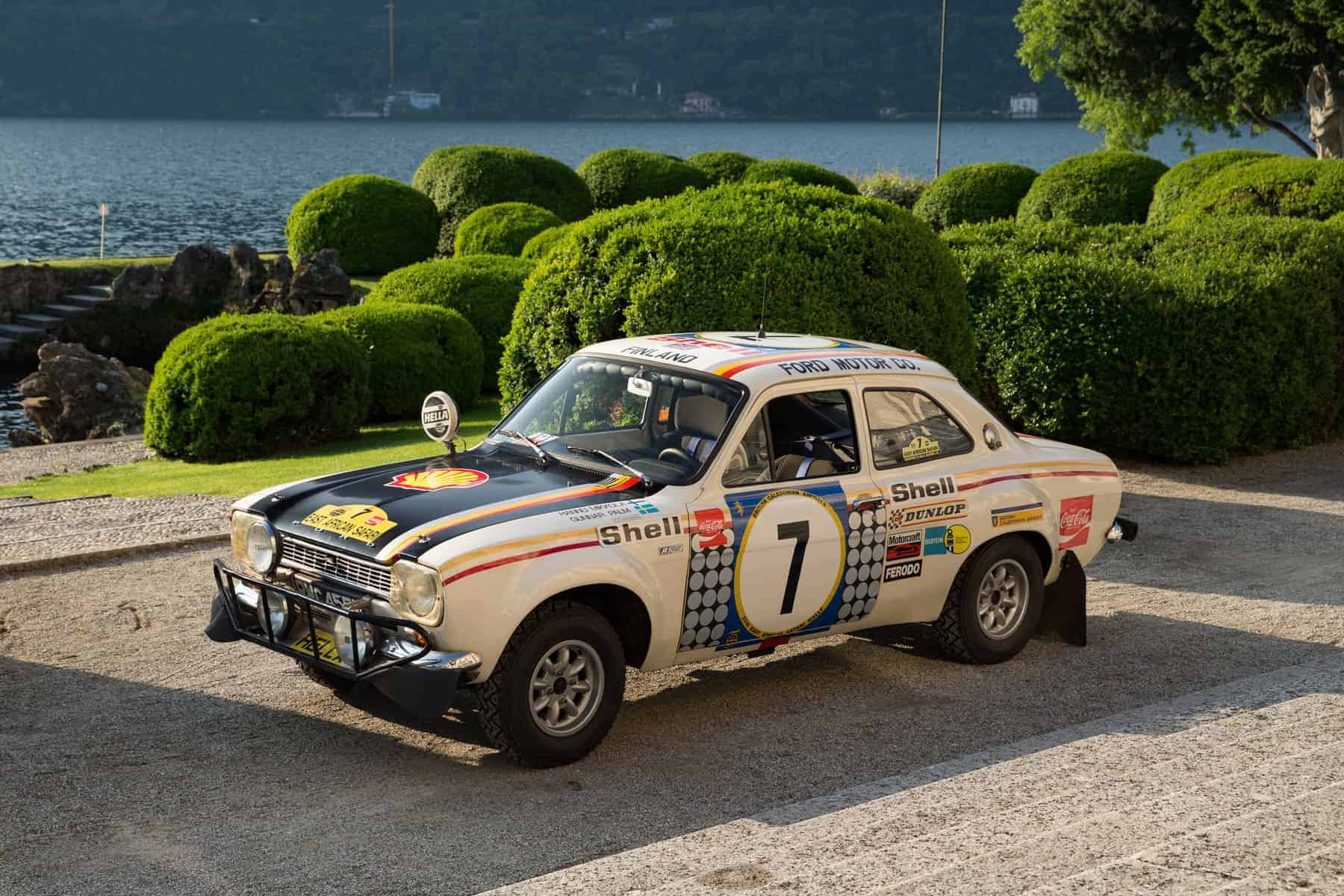
Continuations and Tributes
The Continuation of the Escort Name
While the Focus eventually took over as Ford’s main rally competitor, the Escort name has lived on through various special editions and limited runs. Enthusiasts and collectors have preserved and continued the legacy of the Escort as a rally car, with restored models and replicas often seen at historic rally events, car shows, and private collections.
Tributes to the Heritage
Modern interpretations of the Escort, including the more recent “new” Escort MK2 by specialist companies, pay tribute to the iconic legacy of the car. These contemporary versions often blend the classic Escort look with up-to-date technology, giving a nod to the vehicle’s historical significance while delivering a modern driving experience.

The Escort’s Influence on Technology
Pioneering Advances in Rally Engineering
The Ford Escort’s long tenure in the world of rally car racing fostered significant technological innovations, particularly in automotive engineering. The introduction of the Cosworth BDA engine in the Mark I RS1600 model marked a leap in powertrain technology, combining lightweight construction with high performance. This set a precedent for engine development not just in rallies but also in consumer vehicles, illustrating how competitive motorsport can act as a crucible for technological advancement. Subsequent models continued this trend, adopting turbocharged solutions and advanced aerodynamics to address the changing dynamics of rally racing and road performance expectations.
The Role of the Escort in Safety Evolution
Beyond performance, the Ford Escort played a crucial role in evolving safety standards within rally sports. As the series progressed, the implementation of safety features improved. These features were aimed at protecting the driver and enhancing vehicle robustness. Roll cages were introduced. Improved suspension systems were designed to handle off-road racing rigors. Each iteration of the Escort contributed to making rally racing safer. This focus on safety helped to shape regulations in rally sports. It also influenced expectations for safety. Better-protected drivers were the result. Ultimately, this progress influenced the safety features considered standard in today’s passenger vehicles.
A Community and Culture
Cultivating a Global Following
The Ford Escort’s impact on rally culture extends beyond the track. It fosters a community of enthusiasts and fans worldwide. Clubs, forums, and social media groups are dedicated to Escort rally cars. These spaces provide opportunities for sharing knowledge, restoration tips, and rally experiences. They help keep the spirit of the Escort alive. The car’s accessibility and modifiability have endeared it to generations of motorsport fans. It is a frequent subject of project builds, restorations, and collections. Rallies and meetups featuring classic Escorts draw attendees from diverse backgrounds. All are united by their admiration for the vehicle’s legacy.
Rallying Around Heritage
The enduring popularity of the Ford Escort among rally enthusiasts underscores the importance of heritage in the world of motorsport. Events featuring historic rally cars, including Escorts from various eras, highlight nostalgia and respect for these mechanical marvels. The sight of a well-maintained Escort tearing through a rally stage evokes memories of its past glories. It also celebrates the technological progress and sporting spirit the series represents. Moreover, the Escort’s presence in contemporary rally events serves as a living history lesson. This bridges the gap between new enthusiasts and seasoned veterans. Veterans who witnessed the car’s original triumphs are especially appreciative.
In sum, the Ford Escort rally car series remains a beacon of automotive achievement and rally sport heritage. Its journey from a groundbreaking competitor to a beloved classic speaks volumes of its significance in shaping the landscape of motorsports. As long as there are roads to race on and stories to tell, the legend of the Ford Escort will continue to inspire and captivate the hearts of motorsport enthusiasts around the globe.





